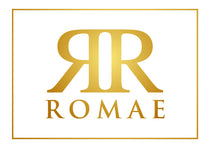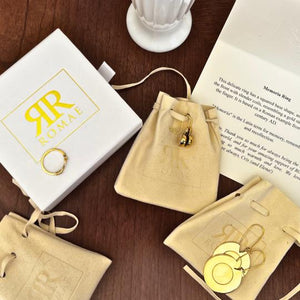Aesop's Fables Peacock Medallion
In Aesop’s classic fable "The Peacock and the Crane," a proud Peacock fanned out his tail, showing off his dazzling feathers that shimmering with every color under the sun. He boasted that his feathers outshine those of all other birds and teased a plain gray Crane for his lack of beauty. The Crane, unruffled, simply replied that while the Peacock’s feathers might win admiration on the ground, his own wings could carry him soaring high into the heavens, free to roam rivers, fields, and skies – something that the Peacock’s beautiful feathers could not help him do. The story celebrates the timeless lesson that true value lies beyond appearances, with a spirited reminder to stay grounded. Our medallion captures the story’s charm and wisdom, as well as its important message: The back features the Greek word ΑΡΕΤΗ, meaning "excellence, virtue, true merit," which is the essence of the moral of Aesop's tale.
Our medallion is based on an ancient bronze coin from Nicopolis ad Istrum, which is located today in the Veliko Tarnovo region of northern Bulgaria. The city was established by the emperor Trajan (r. AD 98 – 117) in order to celebrate his military successes against the Dacians. Nicopolis ad Istrum was strategically located at the crossroads of two major Roman roads in the province of Moesia Inferior, and Trajan certainly intended it to become a magnificent city. Its growth and splendor would continue with the next emperors, to reach the height of its prosperity during the Severan Dynasty (AD 193 – 235). During this time, the city was strongly favored by the emperors, who thanked its inhabitants for celebrating Septimius Severus’ victory over the Parthians and for sending a substantial monetary gift. This tie to the area may be seen with the imperial issue of several coins at the time.
This medallion is inspired by one such coin, and in fact is a rare coin minted in honor of the wife of Septimius Severus (r. AD 193 – 211), the empress Julia Domna. The coin shows a bust of the empress herself on the obverse or front of the coin; she faces right and her hair is in a bun. Her name written in Greek surrounds the bust, IOVAIA AOMNA CEBA. Our medallion is inspired by the reverse or back of the coin, which shows a peacock standing and facing frontally, its head turned to the viewer’s right, and its tail feathers fanned out behind. The legend NIKOΠOΛEITΩN (“of/by the Nicopolites”) surrounds the peacock.
Ancient Greek and Roman cities often featured symbolic animals on their coins. The peacock that appears on much of Julia Domna's coinage is a reference to the queen goddess Juno, wife of Jupiter, whose sacred bird was the peacock. The emperor and empress of Rome were often equated with Jupiter and Juno as their counterparts on this earth, and as such could be represented in the arts with the attributes of their counterpart gods. The peacock was also associated with eternity, however, and as such, may appear on this coin as a suggestion that the empress, after her death, had experienced an apotheosis, or rising to the heavens to become a god.
Our medallion may be worn as a necklace or a bracelet. It comes with a 22" brown leather cord, as well as your choice of a children's or adult's translated version of a book of Aesop's Fables.







